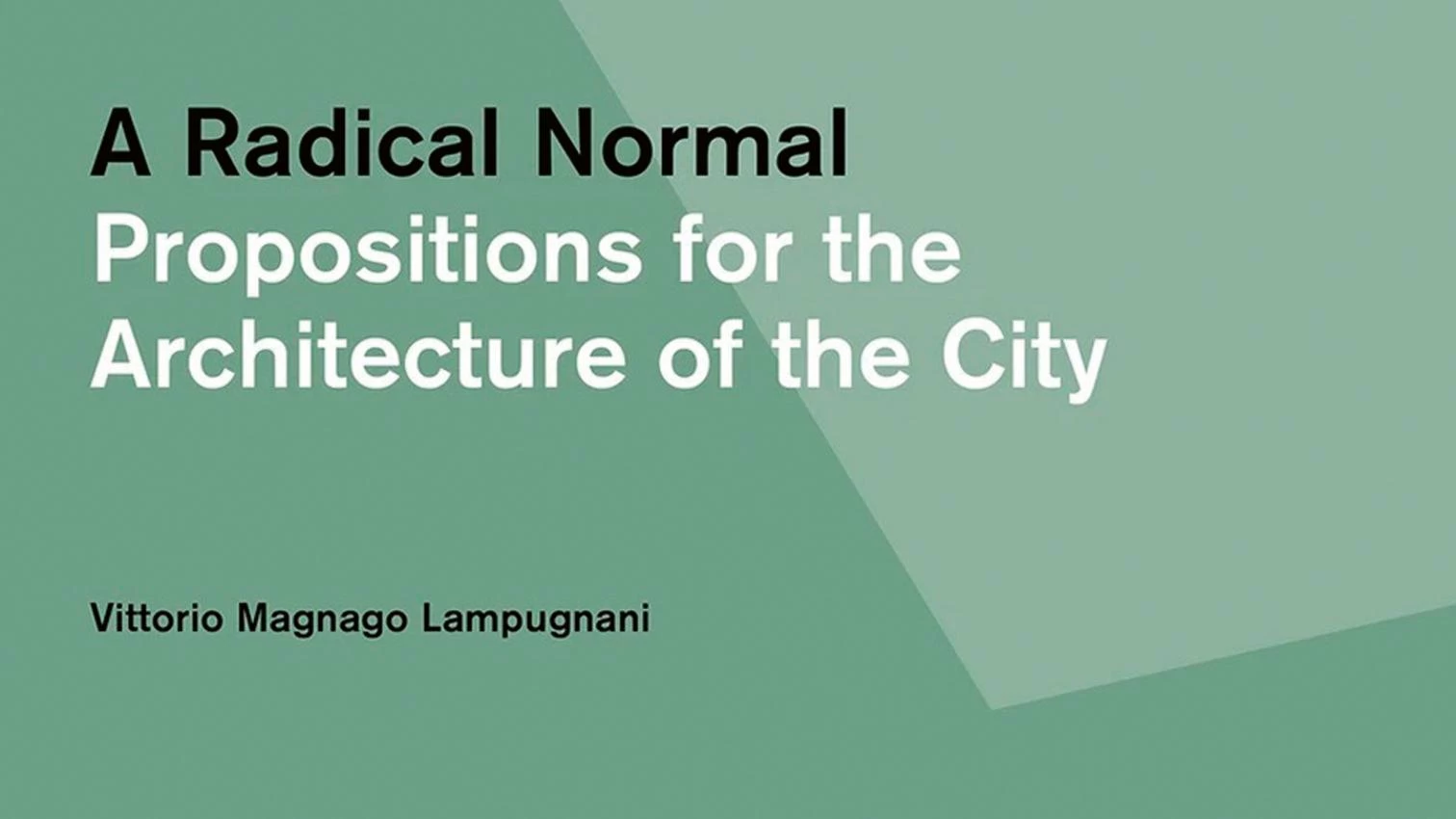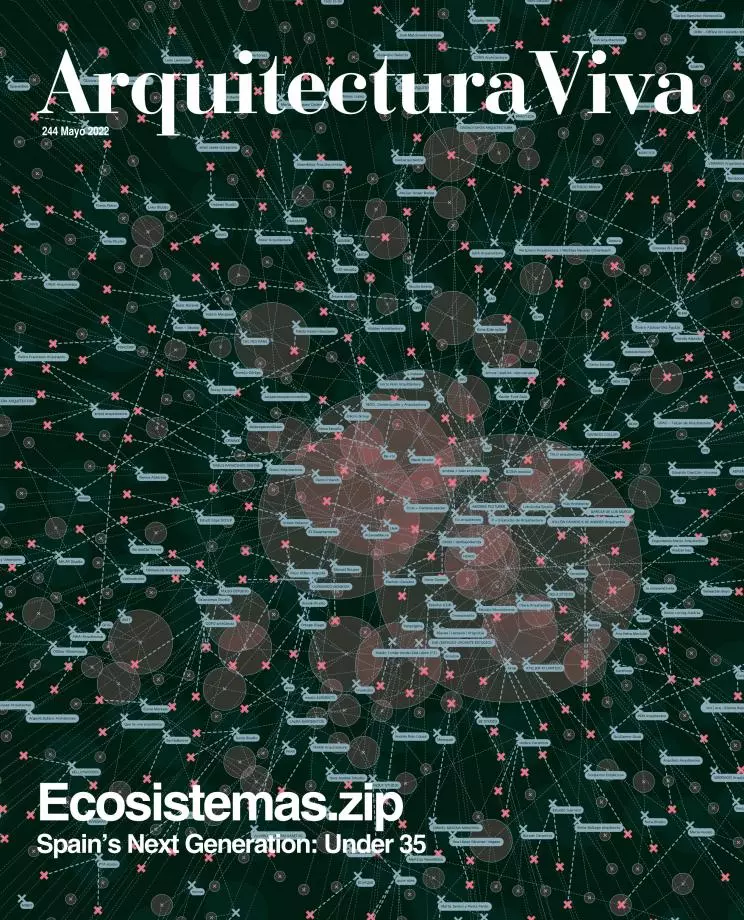
Normality is of ill repute, in architecture too, perhaps for two reasons: romantic tradition, which transformed artistic into creative activity, and the artist into a demigod going less by the laws of tradition than by its own; and consumerist society, which has tended to aestheti-cize anything that can be consumed, including buildings, turned into objects of desire, icons.
Vittorio Magnano Lampugnani tries to determine when exactly architecture became so closely tied to the aura of wonder that some buildings ooze, and attributes it to a phenomenon associated with capitalist digital society. Though maybe too simplistic (fascination with auras goes back to the pyramids), his thesis proves right when we look at the results that ‘auratism’ has yieled in cities, which nowadays tend to be unsustainable arenas where capitalism, cystallized in bricks, flaunts its feathers.
With this in mind, the author engages with different meanings of ‘modern,’ which has bright and dark sides. And while giving his book the tone of a sensible essay that can be read as a silent manifesto, he resorts to the classical tripartite structure. The first part presents “calm modernity,” but it’s in the second and third parts (on memory and sustainability, and on contemporary urban design) that Lampugnani more proactively defends the reasonable, decorous, enduring city, lower-key but efficient, rooted in the common good, as independent as possible from economics. Less glamorous, but the normalcy he advocates could not possibly be more radical today.







